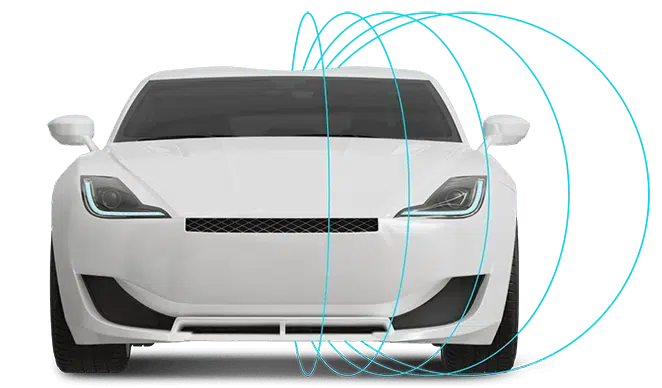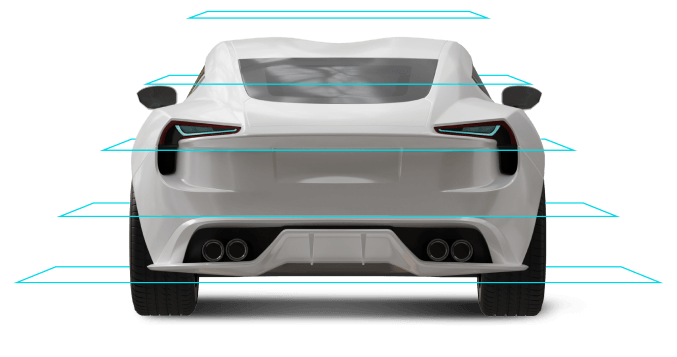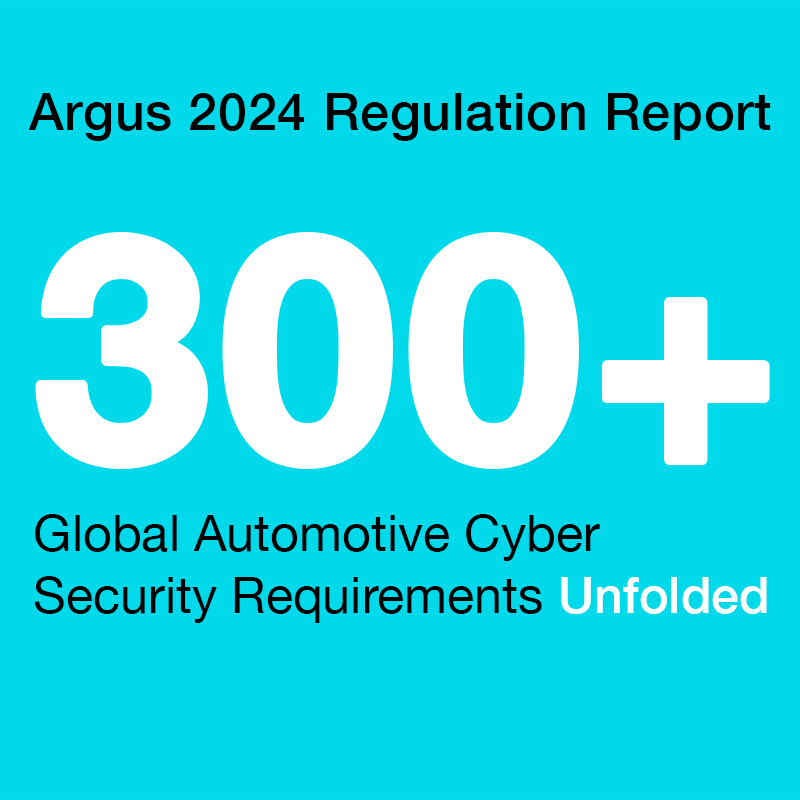- Products
- Our products
Host IDPS
Reduce risk with threat detection and protection for ECUs
CAN IDPS
Monitor, detect and prevent attacks of CAN traffic
Ethernet IDPS
Advanced threat detection and attack prevention for Ethernet
Vehicle Vulnerability Management
Scan and detect vulnerabilities throughout the vehicle lifecycle
VSOC
Establish or expand security operations centers for vehicle fleets
vDome
CAN injection protection to prevent car theft
- Services
- Solutions
- Our solutions
- Argus Small-Series Starter kit
Compliance readiness solution for small-series OEMs and specialized suppliers
- Argus Fraud Detection
Identify fraudulent activity in software-defined vehicles to minimize financial and reputational risk.
- Argus Ethernet Switch Protection
Automotive Ethernet switch cyber security protection
- Argus In-Vehicle Infotainment Cyber Guard
Advanced Cyber Security for In-Vehicle Infotainment
- Argus Zone Control Unit Protection
Automotive Zone Control Unit Cyber Security
- Resources
- Company




































